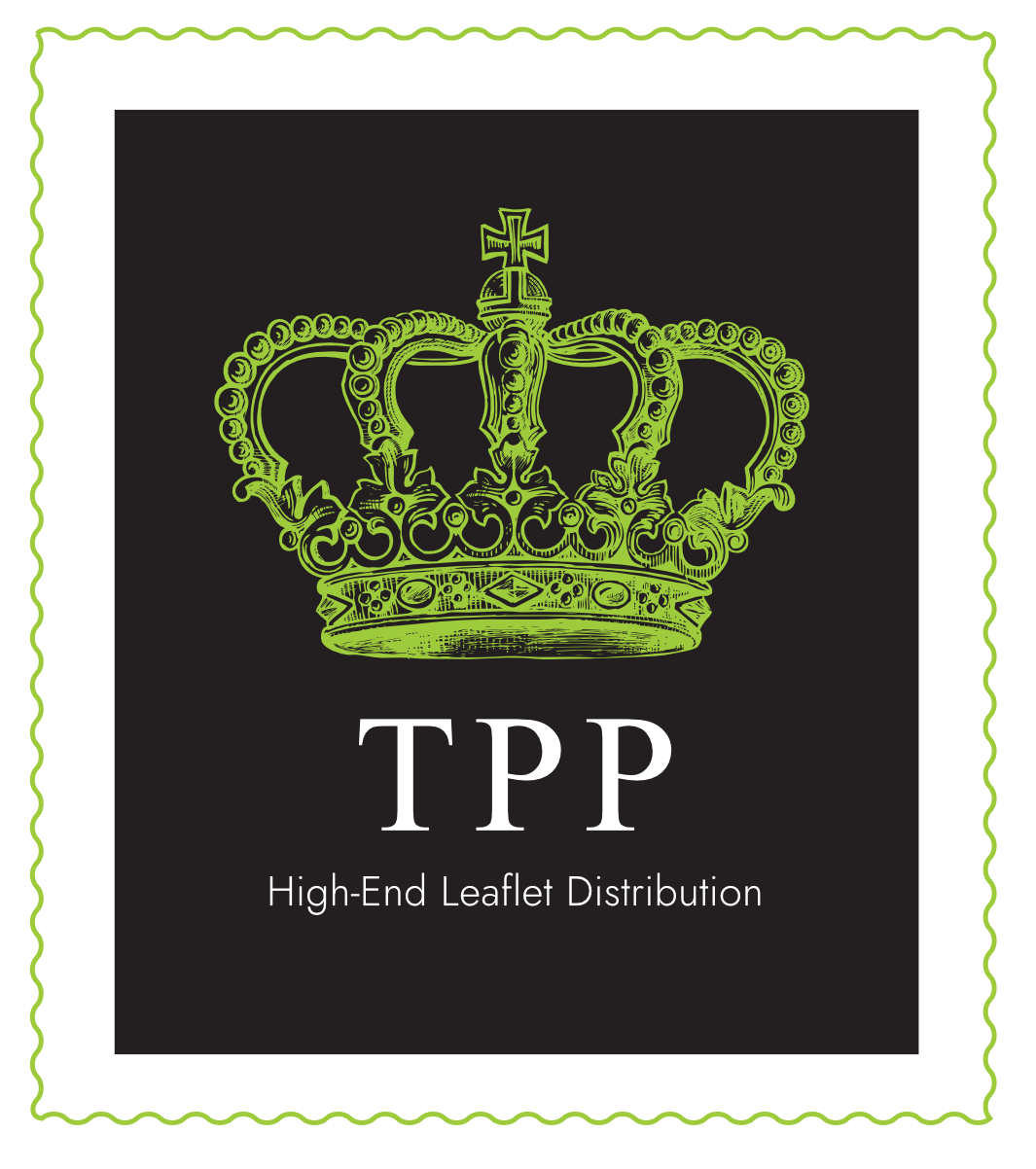Every leaflet distribution company has to have both local knowledge of all the areas it operates in and a clear mapping system communicating this to all it’s customers. We at the Private Postman have spent considerable amount of time and effort developing our mapping system and the structure that determines it’s current form. Some companies choose to follow the postal sector system where they will deliver to each postal sector based on Royal Mail numbers and borders. We believe that this is not the best and most efficient way to organize one’s maps. Breaking down London areas according to postal sectors is an easy and quick way to segment the city to smaller deliverable areas.
It however completely ignores the variance in affluence of certain areas. It also doesn’t account for the types of properties that can be found in a given sector with a combination of larger apartment buildings and older single-household homes. These are some of the most important details that when fully understood help run effective leaflet distribution campaigns. If they are ignored in the creation of the mapping system the effectiveness of the whole service will suffer.
How is our mapping system structured
We stick to breaking London down to it’s postcodes. However within these we aim to create a reliable system of maps that each includes approximately five thousand households. The maps are called Groups and have codes – for example Group 60 or Group 103. These groups are generally created to include a homogeneous demographic either in the types of properties that they contain or in the levels of affluence of it’s residents. In all areas we critically asses a given postcode and create groups that include higher and lower income levels. We can then recommend to our clients exactly where to focus their leafleting efforts based on the product or service they are offering.

Since we are not dogmatic in our approach sometimes we choose to create a groups based on the types of properties that we can find in an area rather than strictly focusing on households income levels. We for example try to avoid breaking roads of Victorian Terraced housing into multiple groups. This is done in order to allow some of our clients that focus on the household like Sash Window Companies, Roofers or Estate Agents to operate as effectively as possible.
It is also true that the types of properties found in these areas are generally related to the levels of affluence of the residents.
We automatically exclude all council and local authority properties from our mapping systems. Larger apartment buildings that are inaccessible are also not counted into out distribution numbers. This is very important to note. Sometimes large residential building in central London can inflate the number of leaflet needed to cover an area by thousands. There is however a considerable percentage of these that are completely undeliverable. Either the concierge is instructed to not let any leaflet distributor into the building or they are simply locked and without access.
We regularly study the situation on the ground in all London areas to determine what numbers of households are not deliverable and make sure that our mapping system reflects this. Our warehouse operation also pays attention to the exact amounts of leaflets coming back to us from each delivery. We use this information to adjust our numbers and that way we make sure that our documents always represent the situation on the ground as accurately as possible.






